Banqueting House
A grand architectural masterpiece that has been inspiring guests since 1636Overview
A venue that has been hosting some of the world's finest events for over 380 years. With a beautiful entry hall and a grand staircase that leads to one of London's most visually impressive halls, this is a location for spectacular occasions. Banqueting House is a remarkable setting for drinks receptions and seated dinners. With enchanting event spaces, this magnificent venue has one of the capital's largest capacities for upscale dining events.
Capacity
500
MAX CAPACITY
380DINNER
500RECEPTION
180THEATRE
Includes
Review
Banqueting House in the heart of London, is one of the finest locations for spectacular events and gala dinners. Boasting some of the capital's largest guest capacities, the Banqueting House event spaces, can host up to 500 for a drinks reception and up to 380 for a seated dinner. This venue offers a stunning backdrop to stylish black-tie gala dinners, awards ceremonies and presentations. An event here is nothing short of atmospheric, grand and immensely photogenic.
Created for entertaining kings, queens and courtiers in the 17th century, the hall is truly a sight to behold. Guests arrive at the venue via an elegant private entry hall before enjoying a decadent drinks reception in the re-styled drinking den of James I, known as the Undercroft. The Undercroft is a large vaulted room that was originally designed as a drinking den for James I and a place to escape the rigours of public life, today it makes the perfect location for a pre dinner drinks reception for up to 380 guests. Once ready to be seated, guests follow in the footsteps of kings and queens and ascend the stairs to the majesty of the Main Hall where magnificent pillars and glittering chandeliers draw their attention towards one of the world's great masterpieces: Sir Peter Paul Rubens' glorious painted ceiling dating to 1636.
The venue can also be used for weddings and is licensed for ceremonies both in the Undercroft and Main Hall. With an approved supplier list that includes some of the top names in the business, events here are truly memorable for all who attend. There is space for a stage and a dancefloor as well as a balcony that overlooks the hall, accessed by a small spiral staircase. From here, the most magical wedding images can be captured against the backdrop of the Rubens' ceiling.
History
Started in 1619 and designed by Inigo Jones in a style influenced by Andrea Palladio, the Banqueting House was completed in 1622. 27 years later King Charles I of England was executed on a scaffold in front of it in January 1649. The building was controversially re-faced in Portland stone in the 19th century, though the details of the original faade were faithfully preserved. Today, the Banqueting House is a national monument, open to the public and preserved as a Grade I listed building.
The first permanent banqueting house at Whitehall had a short life. It was built for King James I, but was destroyed by fire in January 1619, when workmen, clearing up after New Year's festivities, decided to incinerate the rubbish inside the building. An immediate replacement was commissioned from the fashionable architect Inigo Jones. Jones had spent time in Italy studying the architecture evolving from the Renaissance and that of Andrea Palladio, and returned to England with what were, at the time, revolutionary ideas: to replace the complicated and confused style of the Jacobean English Renaissance with a simpler, classically inspired design. His new banqueting house at Whitehall was to be a prime example. Jones made no attempt to harmonise his design with the Tudor palace of which it was to be part.
From the moment they were installed, Peter Paul Rubens' masterful ceiling paintings have inspired revellers, dignitaries and all who gather beneath them. King Charles I commissioned the Flemish artist to glorify his father, King James I. Installed in 1636, Rubens' paintings are a celebration of James' life and wise government and depict absolute belief in the 'Divine Right of Kings'. It's also a miracle they survive today. In 1698, a careless maidservant left some linen to dry next to a charcoal fire, setting fire to Whitehall Palace and burning it to the ground. Only a gate and the Banqueting House - with its spectacular ceiling - survived.
Outstanding for
Key Facts
Recognition
3 reviews
Rate and write a review Cancel reply
You must be logged in to post a comment.
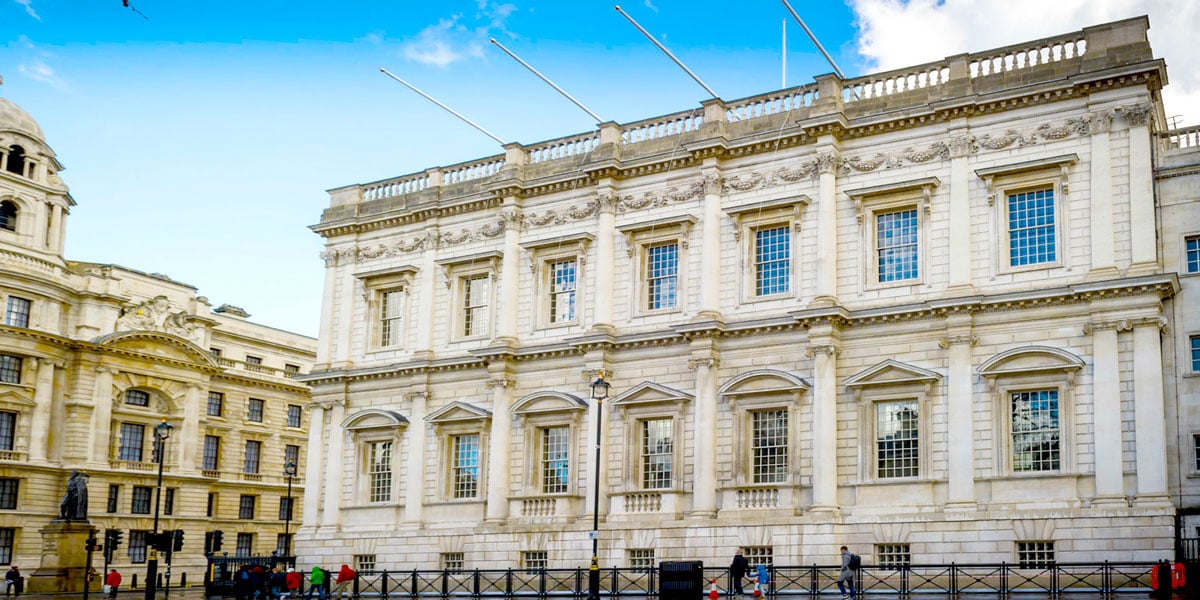
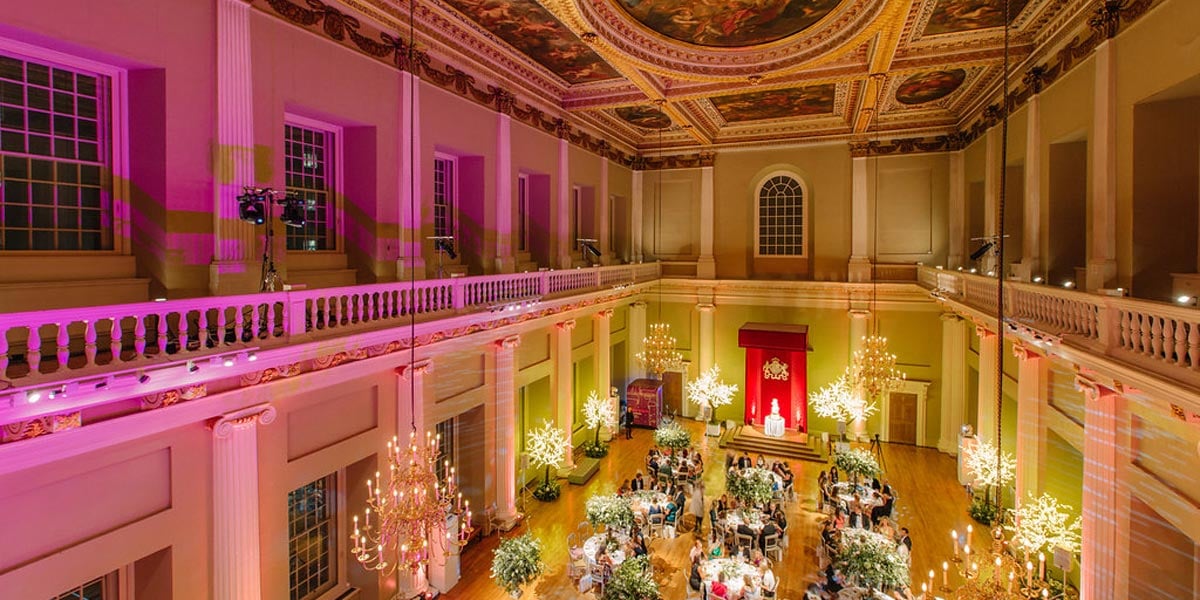
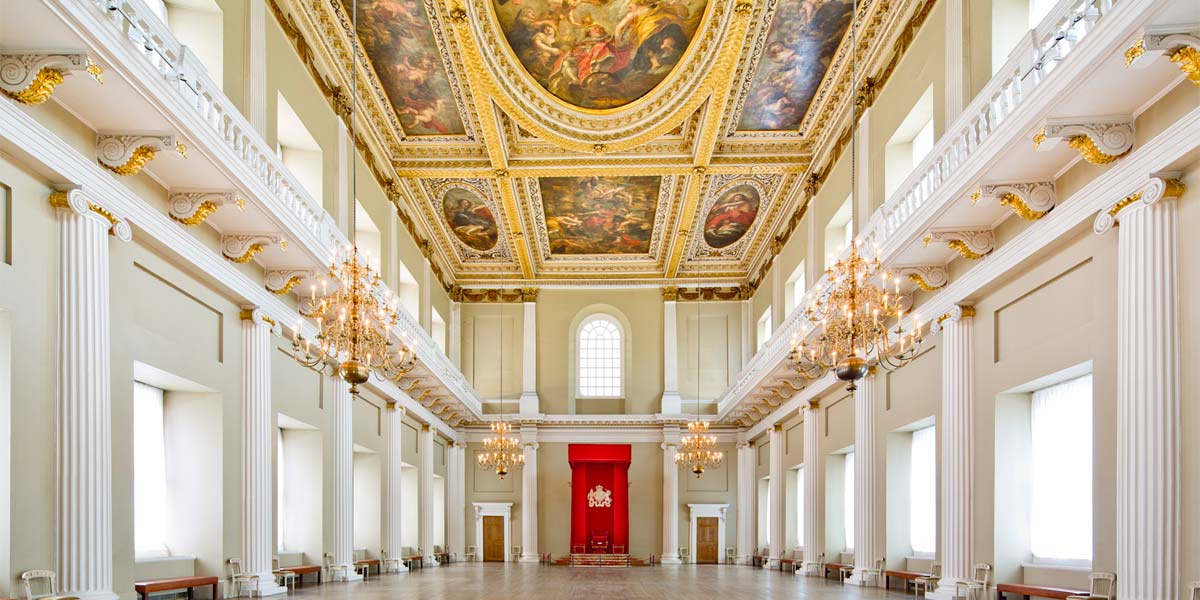
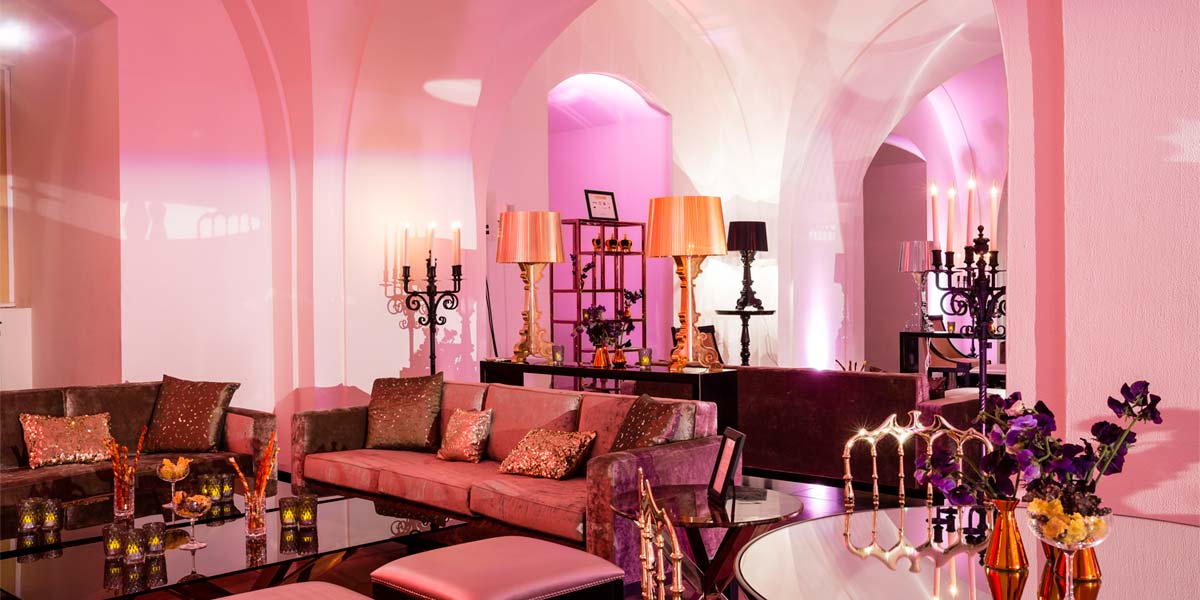
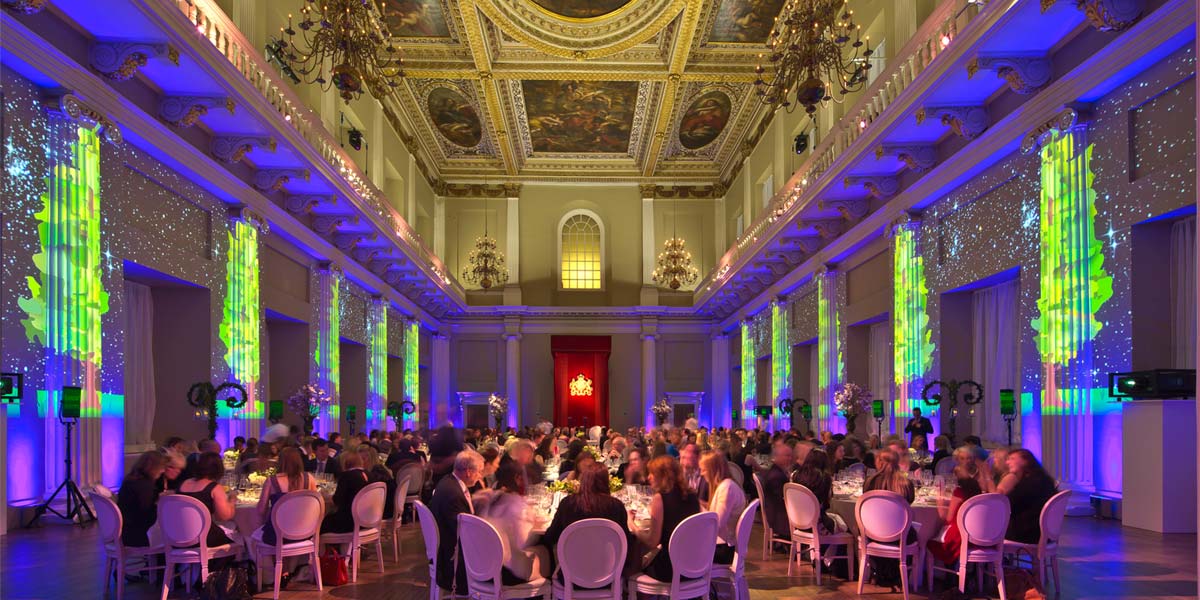
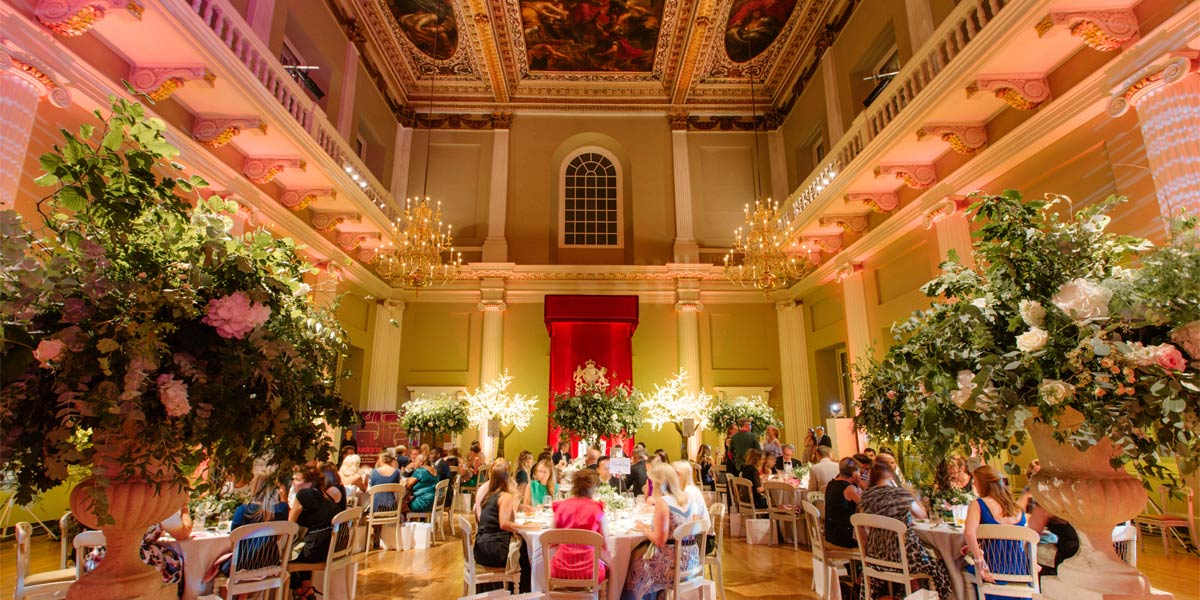
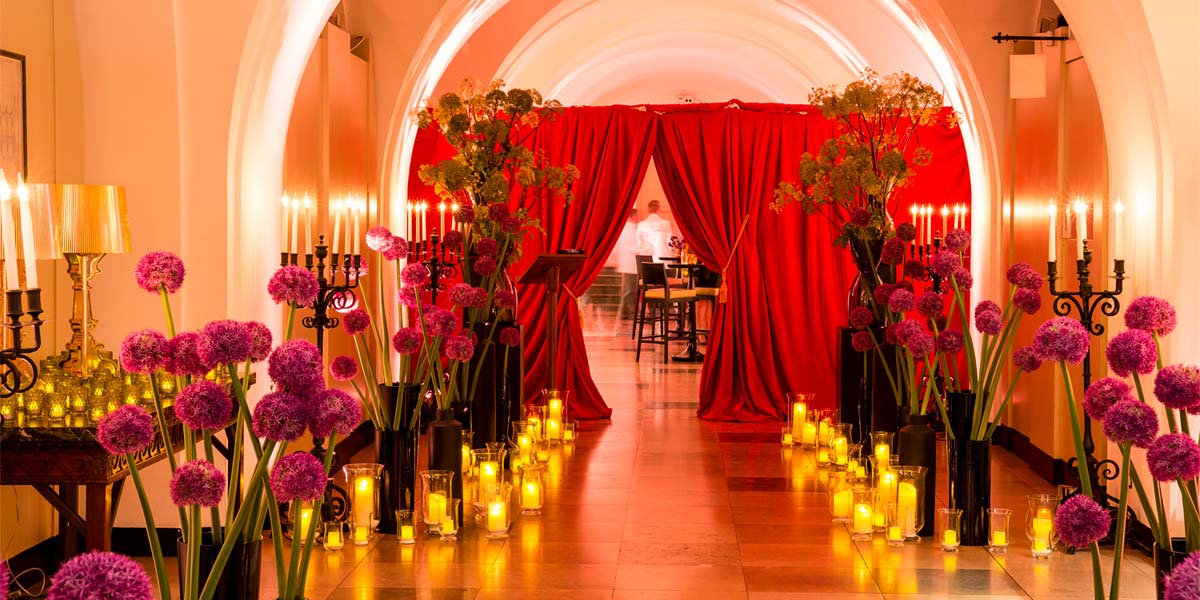

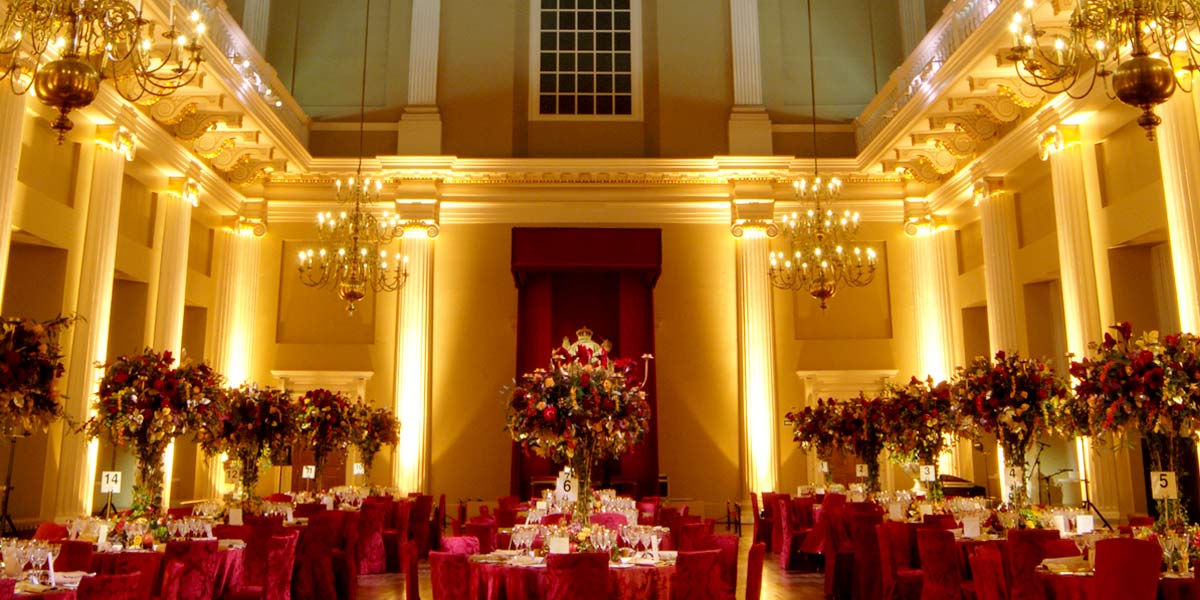
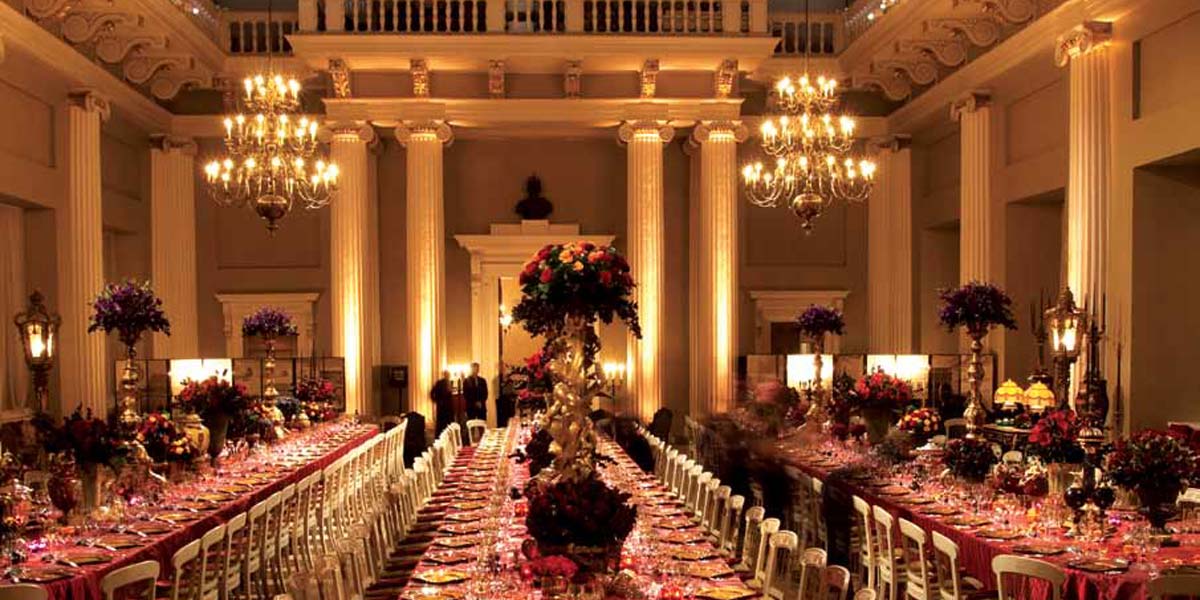
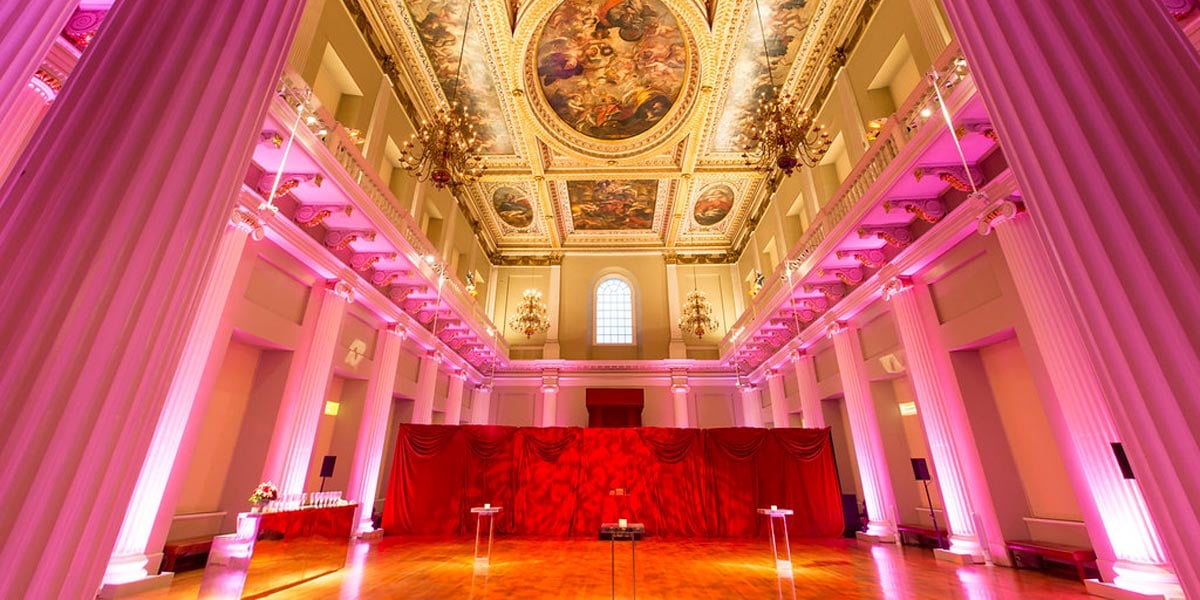
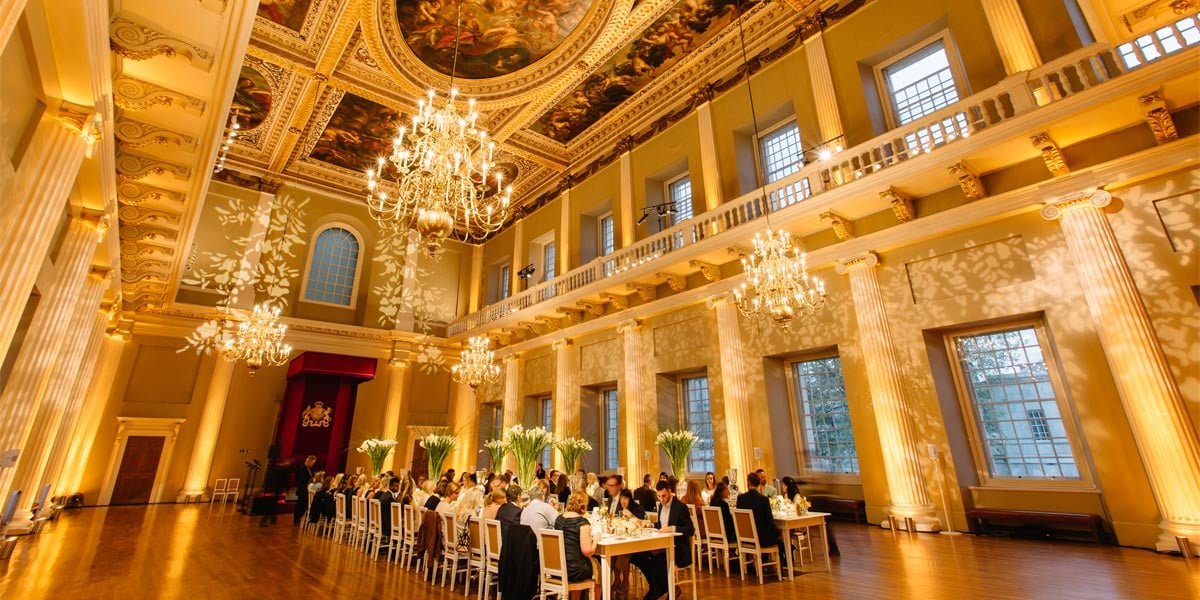
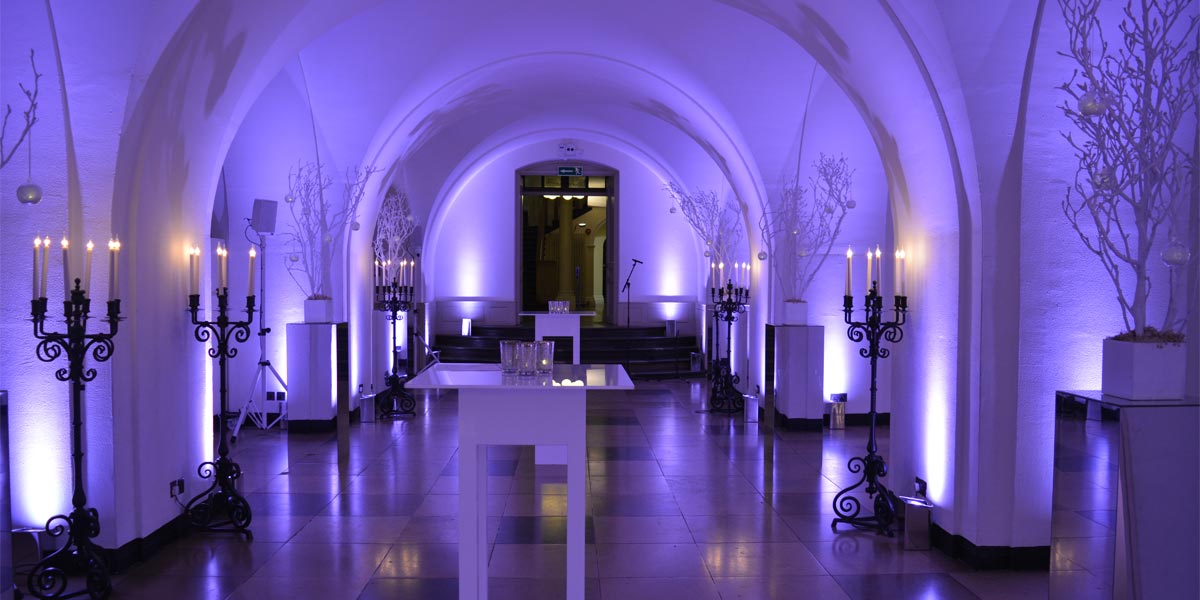





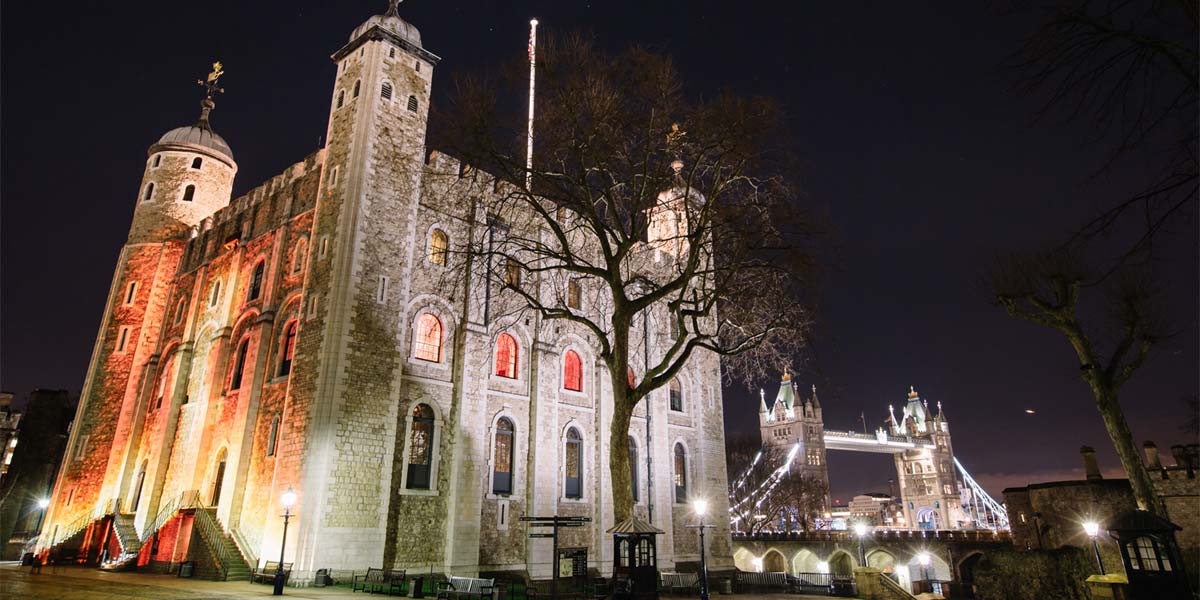
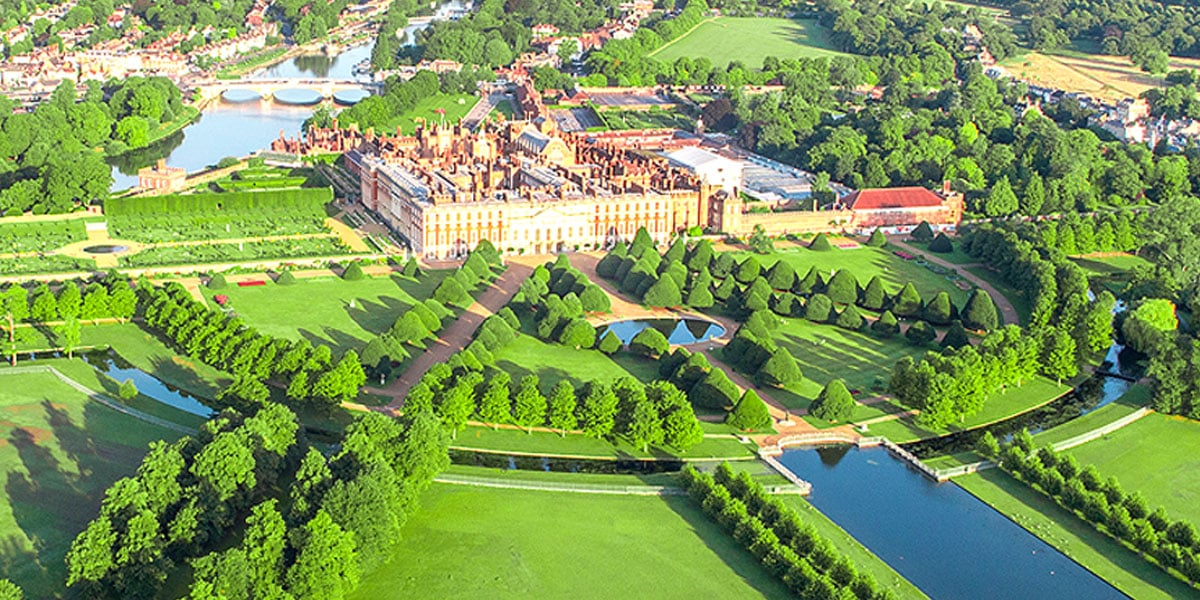
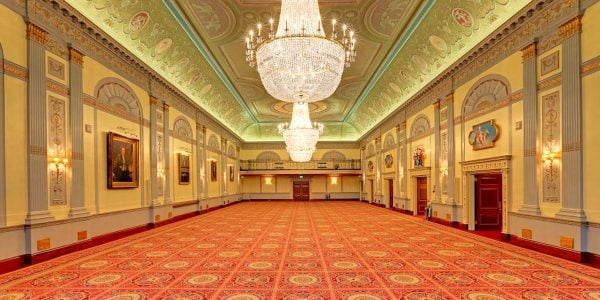

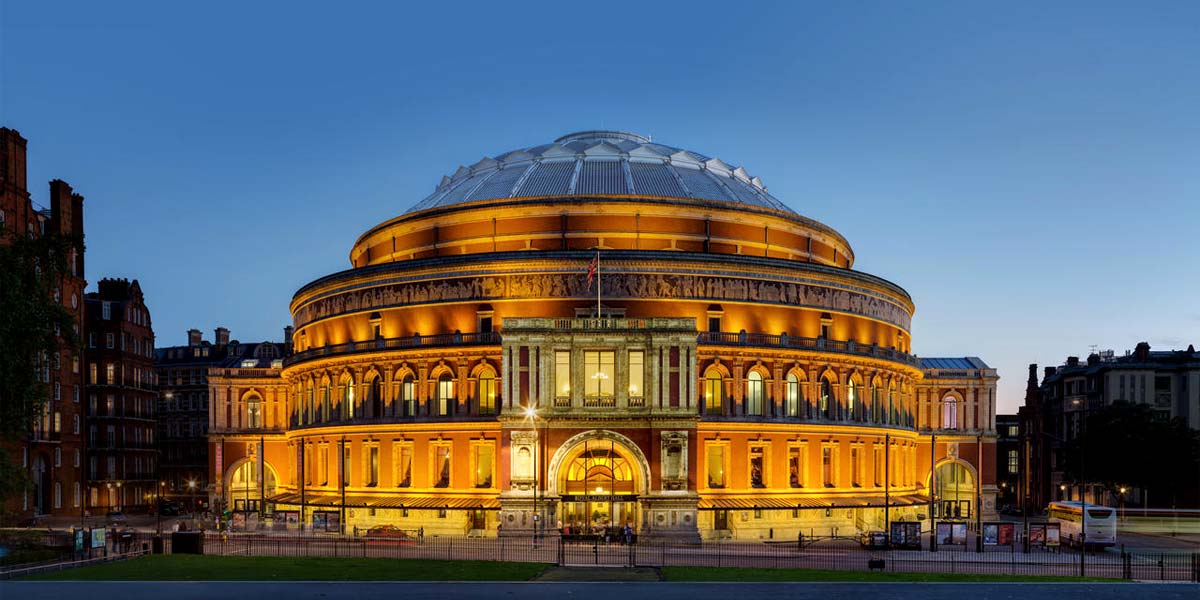
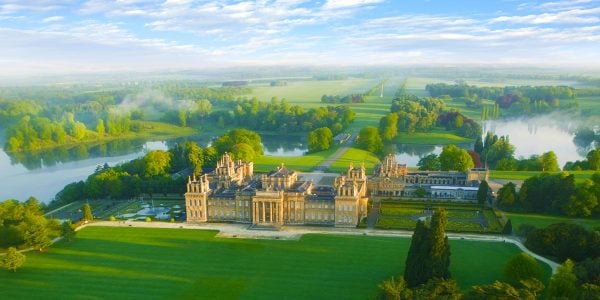
Wonderful Banqueting Venue In London
There is no comparable banqueting room in the world. It was created as an entertainments venue to ‘impress’ and with its superlative and uniquely magnificent ceiling painting scheme by the one of the most important artists of the day – and today – Sir Peter Paul Rubens, a banqueting guest would find no finer place to dine and enjoy a music or theatrical than this.
Amazing hall for events
Amazing purpose built banqueting facility with character, style, features and history.
A spectacular venue
What an incredible space and a privilege to dine under that marvellous ceiling!